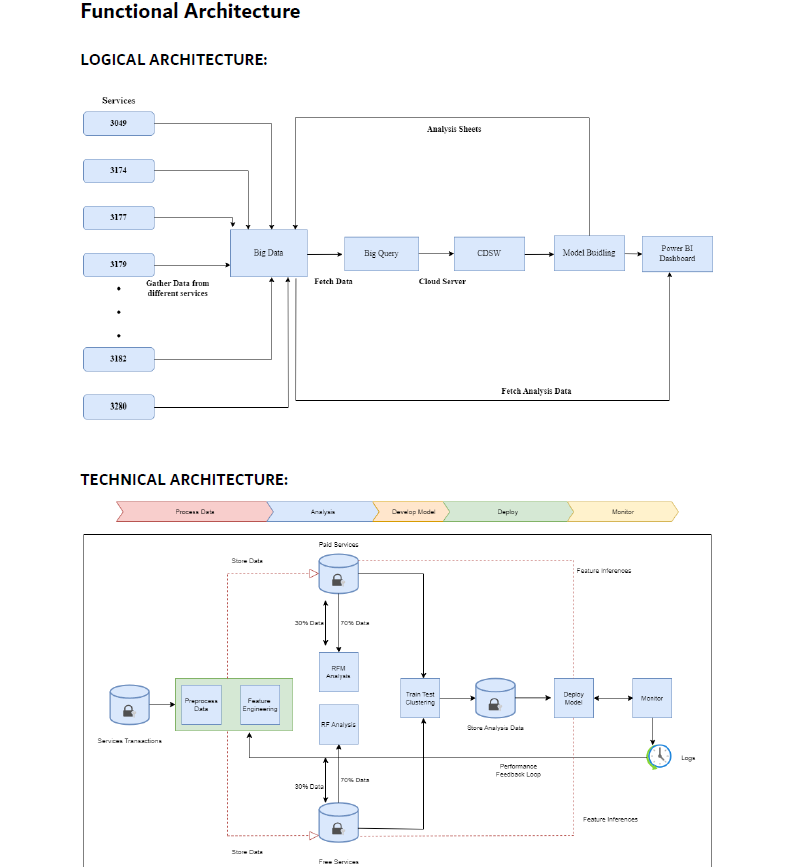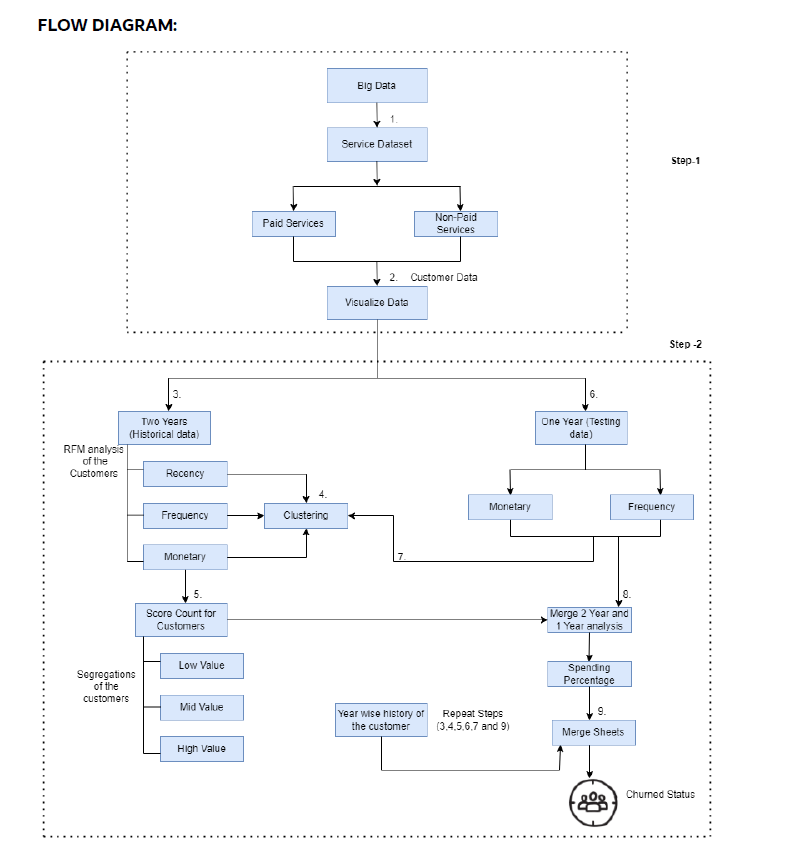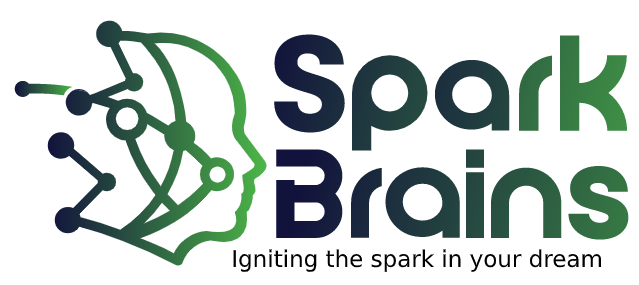 Back
Back
Customer Segmentation for Enhanced Customer Lifetime Value Analysis Enhanced Customer Lifetime Value Analysis
"Customer Segmentation for Enhanced Customer Lifetime Value Analysis" project utilizes RFM marketing techniques to deeply analyze customer data, focusing on major services. With a powerful tech stack including Python, PowerBI, and more, we performed RFM and LTV cluster analyses, churn prediction, and created an overall customer score. This project enhances customer relationships, optimizes resource allocation, reduces churn, and empowers data-driven decisions, ultimately providing us with a competitive edge.
Project Objective
The primary goal of this project is to calculate and leverage Customer Lifetime Value (CLV) to make data-driven decisions that enhance customer satisfaction and drive business growth.
The Challenge:
The challenge lies in harnessing the wealth of customer data available to us and translating it into actionable insights. We need to develop effective strategies for customer segmentation, retention, and engagement to maximise CLV.
Complexity and Innovation:
Dealing with large and diverse customer data, understanding various customer behaviours, using advanced machine learning, and optimising resource allocation can be quite challenging. To tackle these challenges, we employ creative approaches, advanced analytics, and smart strategies to gain valuable insights, enhance customer experiences, and make data-driven decisions for better service and business growth.
The Process
The process of this customer segmentation project involved several critical steps to gain a comprehensive understanding of customer behaviour and enhance customer lifetime value analysis:
Data Collection:
The project commenced with the collection of extensive customer data spanning two years. This data included transaction history, service details, and customer attributes.
RFM Analysis:
Recency, Frequency, and Monetary (RFM) analysis was performed on the collected data. Machine learning algorithms were employed to segment customers into distinct clusters based on their recency, frequency, and monetary attributes.
LTV Cluster Analysis:
The project further delved into customer spending behaviour by focusing on the monetary values of customers over the last year. Clusters were formed to categorise customers based on their spending patterns.
Churn Analysis:
To understand customer retention, a churn analysis was conducted. Customers were categorised into three groups: Non-Churned, To Be Churned, and Churned, based on spending percentage and transaction recency.
Overall Score Calculation:
An overall score was calculated by combining the recency, frequency, and monetary clusters. This score helped segment customers effectively into Low, Mid, and High-value groups.
Year-wise Analysis:
The project expanded its scope by conducting year-wise customer analysis from 2020 to 2023. This provided insights into how customer behaviour evolved over time.
Feature Inventory
- Customer Segmentation: Sorting customers into groups.
- Churn Analysis: Predicting customer departures.
- Personalized Marketing: Tailoring messages for customers.
- CLV Calculation: Estimating customer lifetime value.
- Resource Allocation: Distributing marketing efforts.
- Data Analytics: Using tools to analyse data.
- User Interface: Designing the system's look.
- Security and Privacy: Protecting customer data.
- Scalability: Handling growing data loads.
- Machine Learning Models: Smart algorithms for predictions.
- Testing and Quality Assurance: Ensuring the system works well.
The Results
This Customer Lifetime Value project is poised to deliver significant benefits:
Enhanced Customer Relationships: By understanding our customers on a deeper level, we can offer tailored experiences and better meet their needs.
Optimised Resource Allocation: Efficient resource allocation ensures that marketing efforts are focused on high-value customers, improving ROI.
Proactive Churn Reduction: Predictive analytics helps us identify customers at risk of churning, allowing us to take proactive measures to retain them.
Data-Driven Decision Making: CLV insights serve as a compass, guiding our strategic decisions and ensuring long-term business growth.
Competitive Edge: By optimising customer relationships and maximising CLV, we gain a competitive edge in the market.
Visual Designs

Project Functional Architecture(Logical Architecture and Technical Architecture)

Project Flow Diagram
TECHNOLOGIES USED

Python

NumPy

